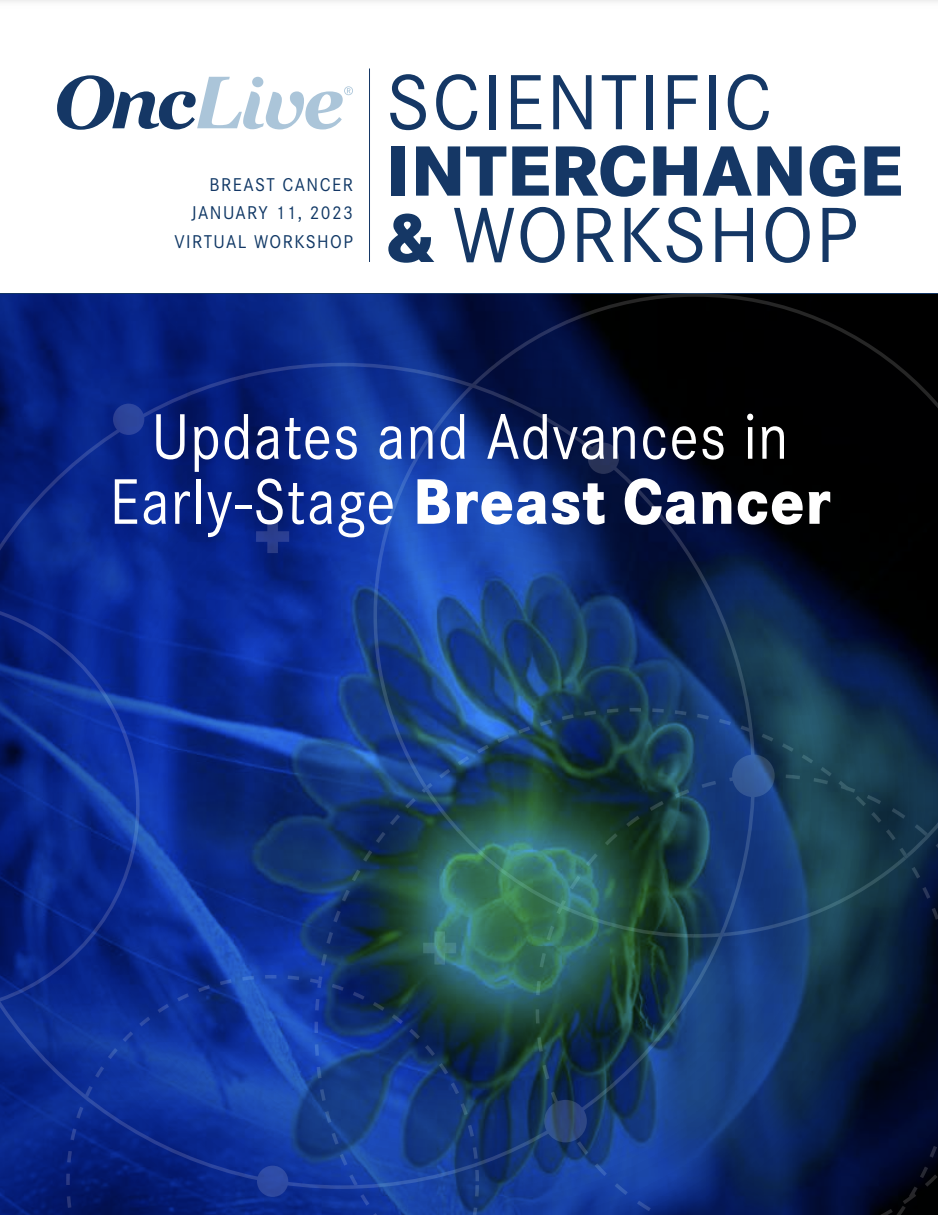Video
Dr. Strickland on the Diagnosis of ESCC
Author(s):
Stephen A. Strickland, MD, MSCI, discusses a step-by-step approach for the diagnosis and workup of esophageal squamous cell carcinoma.
Stephen A. Strickland, MD, MSCI, director of leukemia research, Sarah Cannon Transplant & Cellular Therapy Network, discusses a step-by-step approach for the diagnosis and workup of esophageal squamous cell carcinoma (ESCC).
The preferred diagnostic approach for ESCC is like that of esophageal adenocarcinoma (EAG), Strickland begins. Patients with ESCC are usually symptomatic before presenting at the clinic and have therefore undergone basic cancer workup. However, de novo patients will require a thorough history of present illness in addition to a workup, Strickland says. Common adverse events (AEs) in ESCC include dysphasia and associated weight loss. It is important to understand the severity of this AE and its effects on weight and caloric intake, Strickland advises.
After obtaining information on a patient’s symptom burden, a mitigation approach like nasogastric intubation may be appropriate, Strickland continues. An esophagogastroduodenoscopy (EGD) should then be performed to visualize the location of the tumor mass. Tumor biology and resectability can differ according to anatomic location, so obtaining this information can inform subsequent treatment approaches. Performing a biopsy can also lead to better pathological tissue diagnosis, he says.
Biomarker analysis is a critical next step in ESCC diagnosis, Strickland states. Several key biomarkers differentiate ESCC from EAG. Although common biomarkers like PD-L1, mismatch repair (MMR) status and HER2 status are less specific to this disease type, they are still important to test for to obtain a full picture of the disease, Strickland notes.
A PET-CT scan should then be conducted to allow for staging, Strickland recommends. This imaging modality provides information on F-fluorodeoxyglucose (FDG) avidity and assesses distant metastasis in the chest, abdomen, and pelvis, he explains.
Importantly, NCCN guidelines do recommend EGD followed by endoscopic ultrasound, Strickland notes. This can help assess the depth of invasion and suspicion level for involved regional lymph nodes. However, surgical case studies have shown that patients with clinical dysphasia have angreatly increased likelihood of having involved local regional lymph nodes. Therefore, these patients may not require an endoscopic ultrasound, Strickland concludes.









